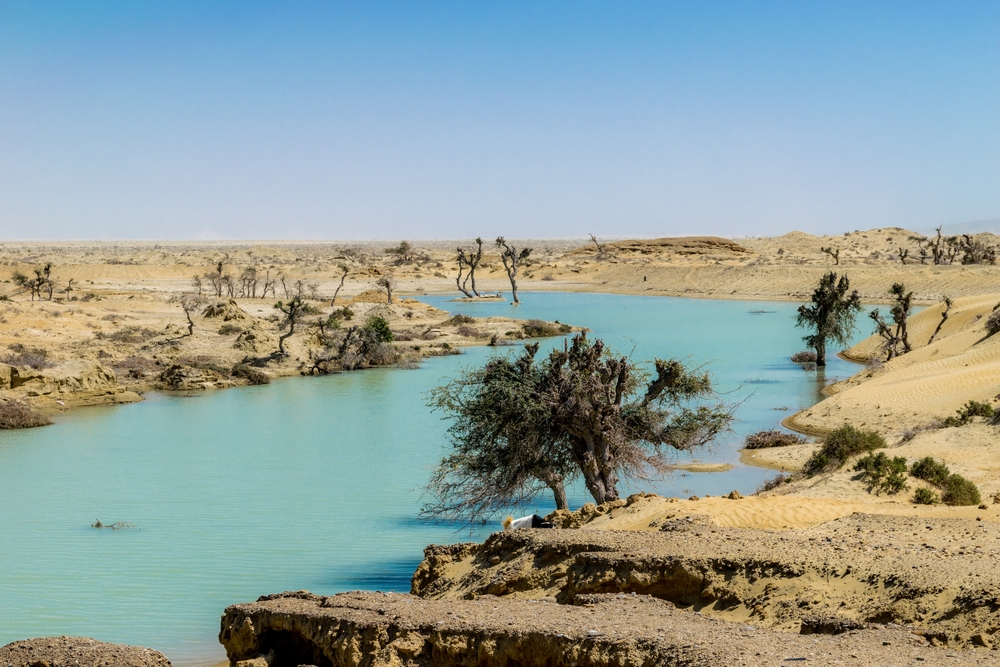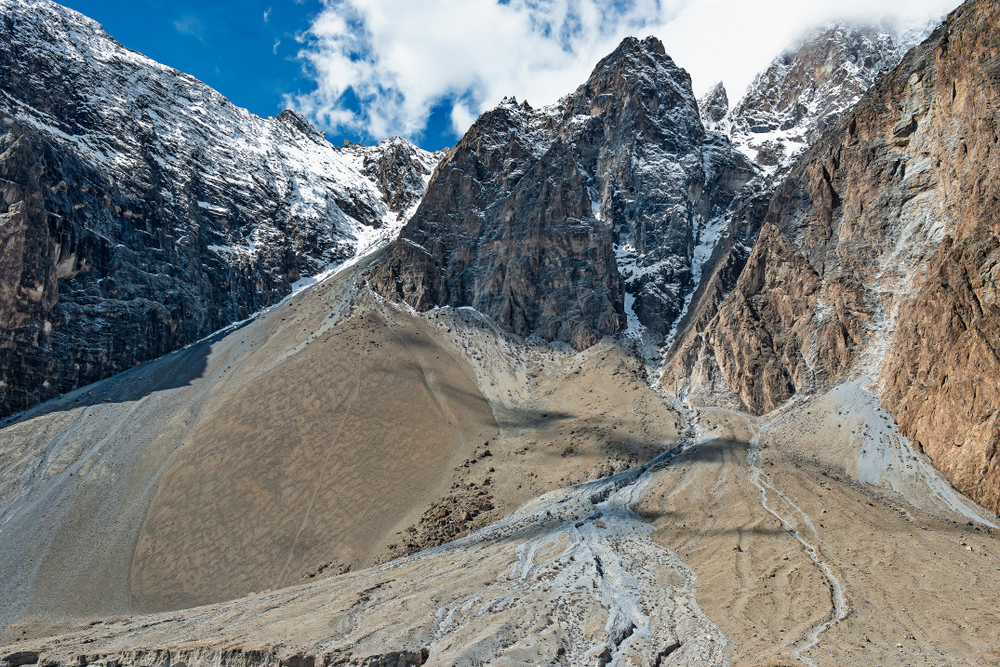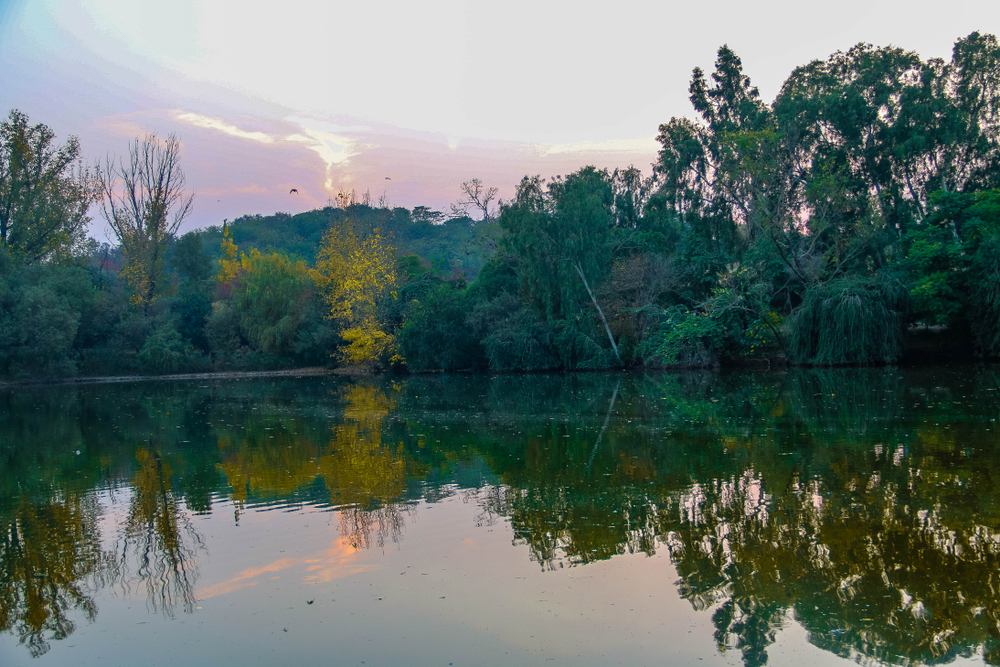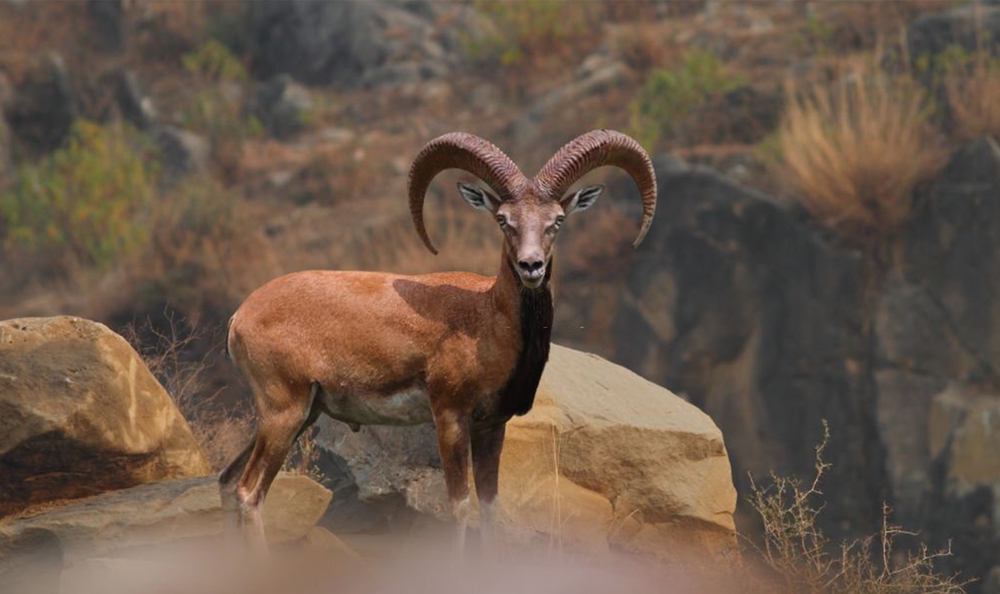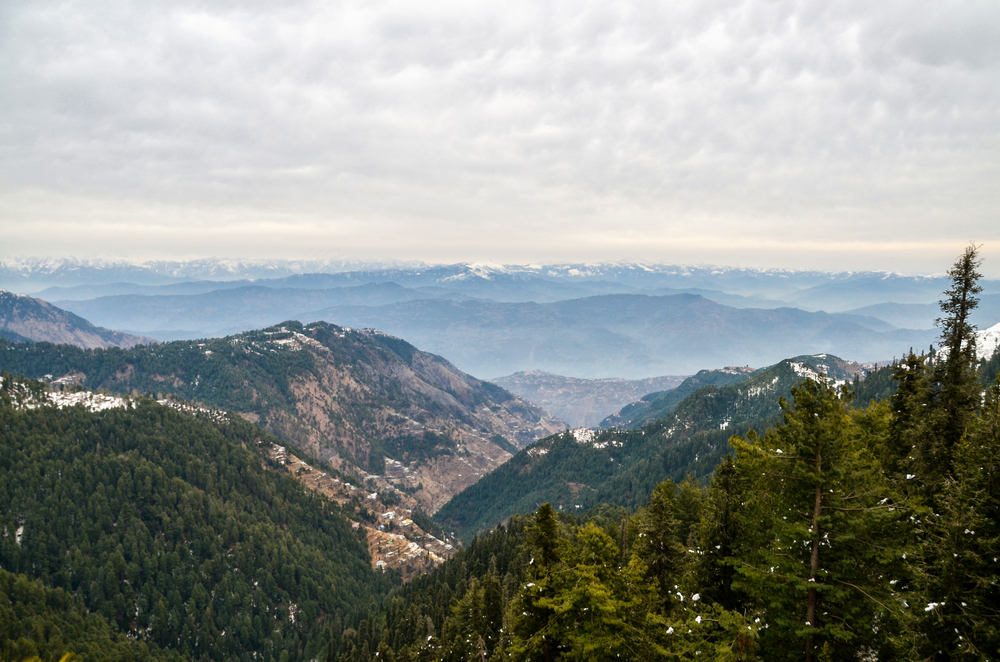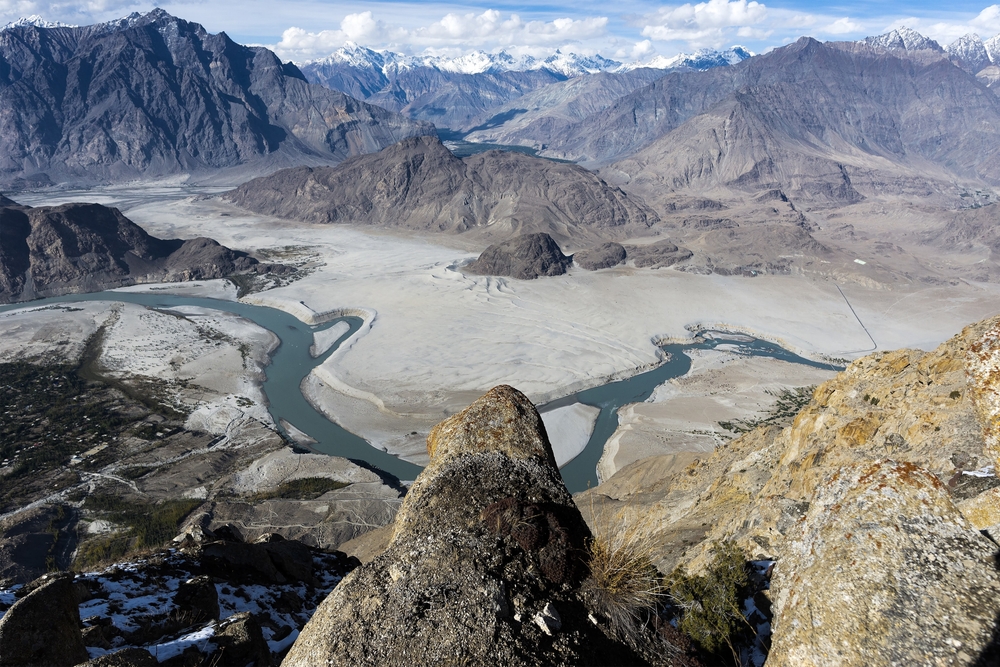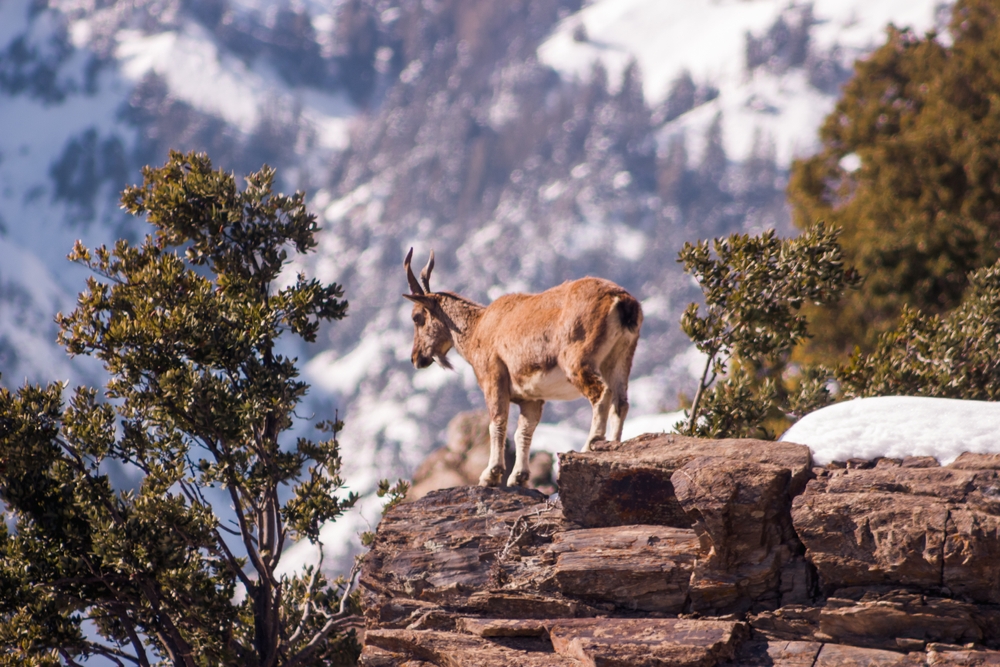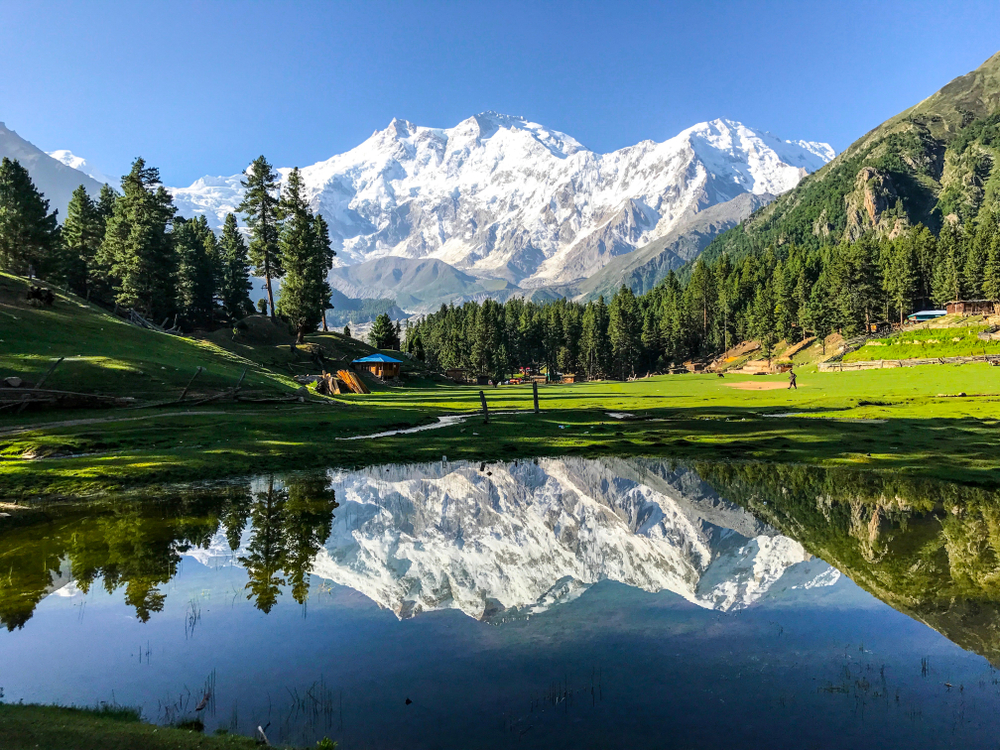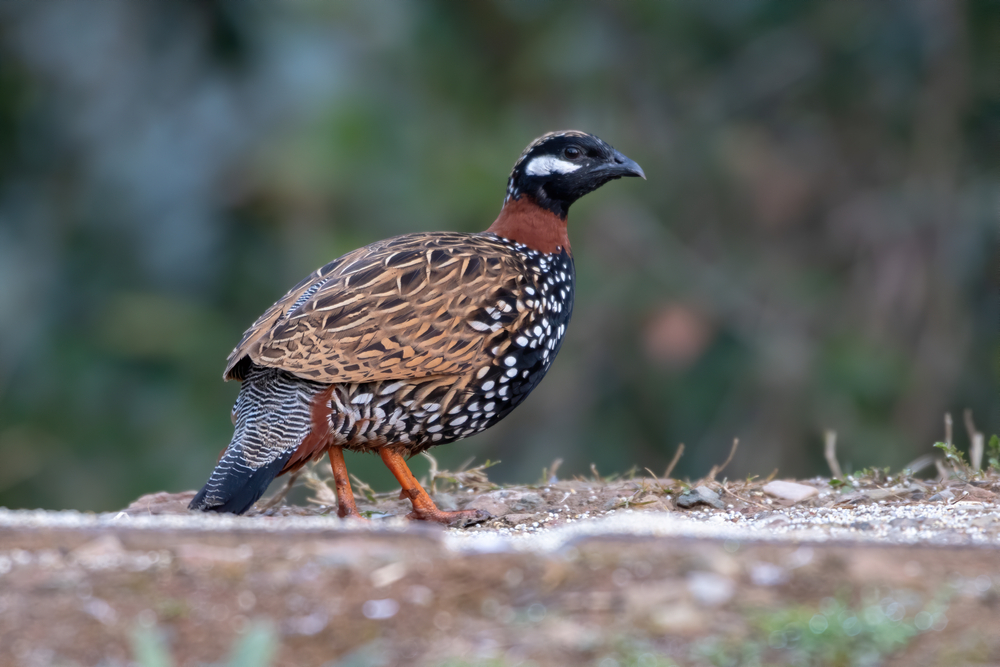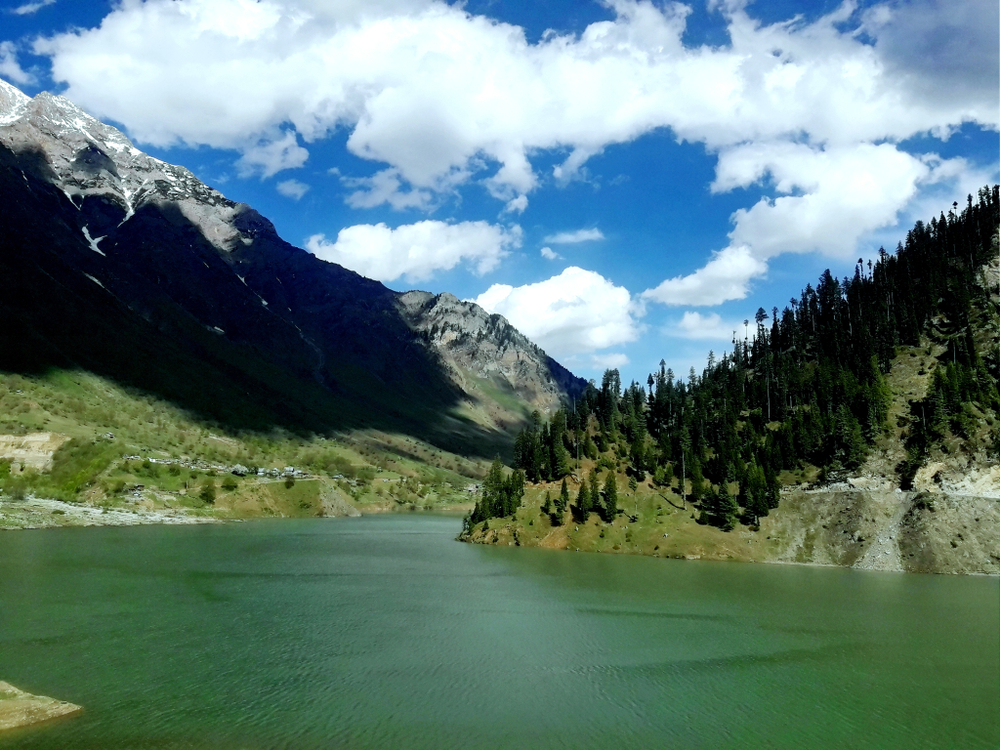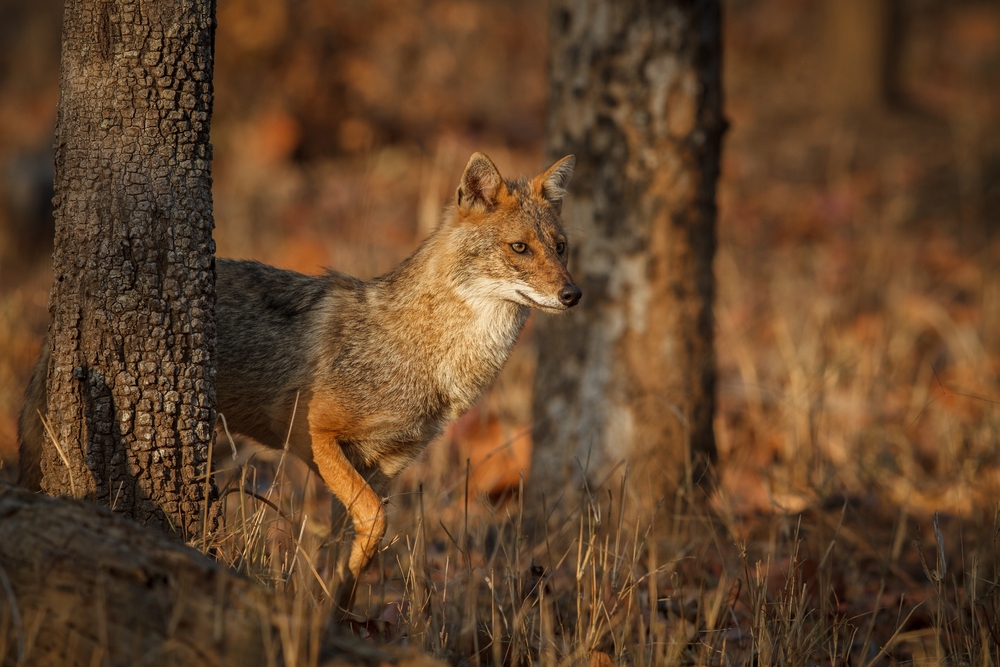Hingol Overview
Hingol National Park, known locally as ہنگول نیشنل پارک, is the largest national park in Pakistan, spanning approximately 2,419 square miles (6,300 square kilometers).
Situated in the southwestern province of Balochistan along the Makran Coast, the park lies about 190 kilometers from Karachi and stretches along the Arabian Sea. This diverse and expansive protected area is notable for its striking geological features, desert valleys, coastal beaches, and rugged mountains, creating a dramatic and varied landscape that is rare in the region.
The terrain of Hingol National Park includes arid plains, sand dunes, rocky outcrops, and a stretch of coastline that meets the Arabian Sea. Among its most recognizable natural landmarks is the Princess of Hope, a naturally shaped rock formation named for its resemblance to a woman looking out to the horizon.
Another prominent feature is the Sphinx of Balochistan, a rock formation with a striking likeness to the Egyptian Sphinx. The park is also home to the Hingol River, which runs year-round and supports a narrow band of green vegetation along its banks. Vegetation within the park includes desert shrubs, acacia trees, and salt-tolerant plants that dot the otherwise barren landscapes.
The park’s biodiversity adds further richness to its scenic allure. Hingol supports a variety of wildlife, including the rare Sindh ibex, chinkara gazelle, and the endangered Indian pangolin. The elusive Balochistan bear, though rare, is also believed to inhabit the park.
Among its bird species, visitors may encounter the Houbara bustard, a migratory bird, as well as griffon vultures, Egyptian vultures, and flamingos near the riverbanks. The park’s proximity to the coast also makes it an important habitat for marine life, including species of turtles and fish that frequent the nearby waters.
Hingol is well known for the Hinglaj Mata Temple, a sacred Hindu pilgrimage site nestled within a cave in the Makran Range, drawing thousands of devotees each year. The temple is one of the most revered Hindu religious sites in Pakistan and adds a unique cultural dimension to the park’s significance.
Visitors also come to see the Kund Malir Beach, a pristine coastal stretch that combines golden sands with the desert’s rugged backdrop, making it a popular destination for local tourists.
Travelers can experience the park through guided jeep safaris, nature walks, and visits to its unique geological formations. Coastal exploration and camping are also popular activities, particularly near the beaches and riverbanks. Despite its remote location, the park is increasingly visited by nature enthusiasts, photographers, and those seeking solitude in wild, untouched landscapes.
Conservation efforts in Hingol have seen both progress and challenges. The remoteness of the area has helped preserve its ecosystems, but limited infrastructure and monitoring have made it vulnerable to illegal hunting and habitat degradation.
On the positive side, the designation of Hingol as a national park has brought more attention to its ecological importance, and there have been efforts to improve sustainable tourism and protect its endangered species. Continued investment in conservation and visitor education is essential to maintaining the park’s ecological integrity.








































































